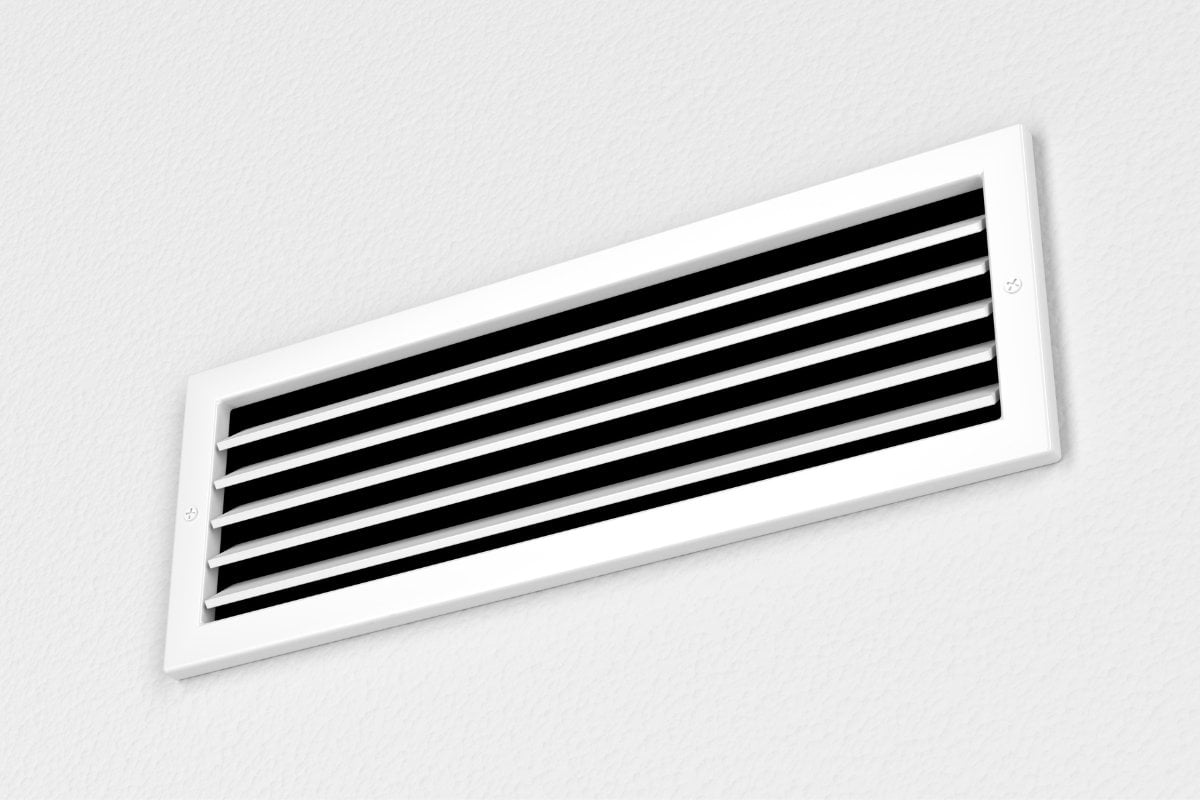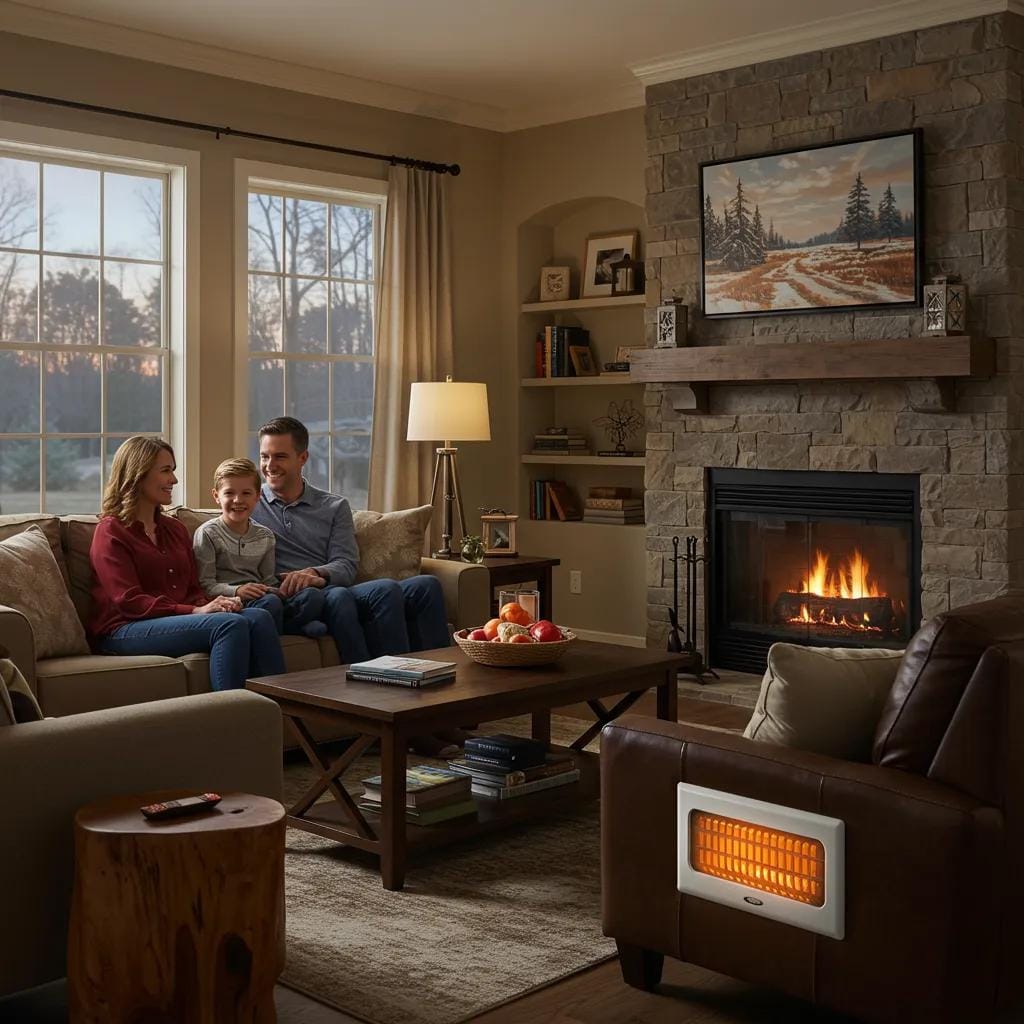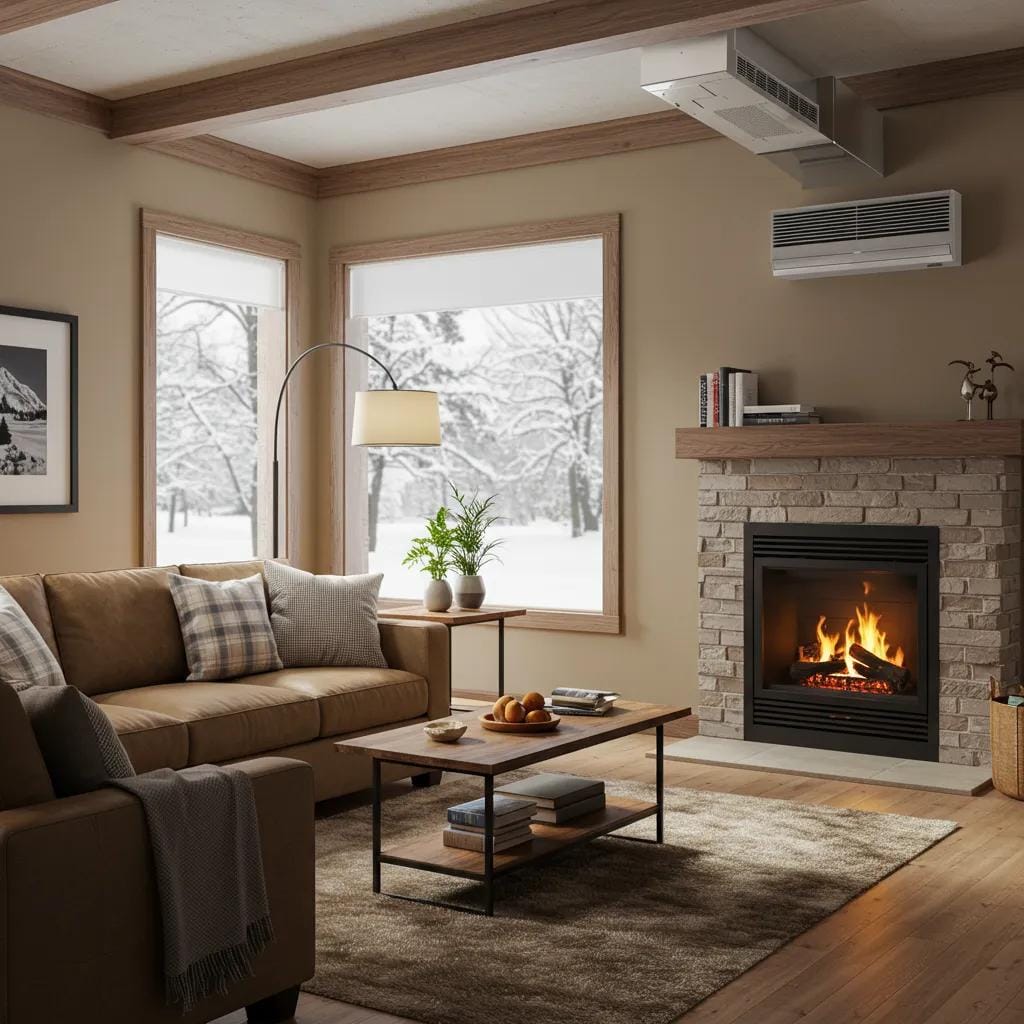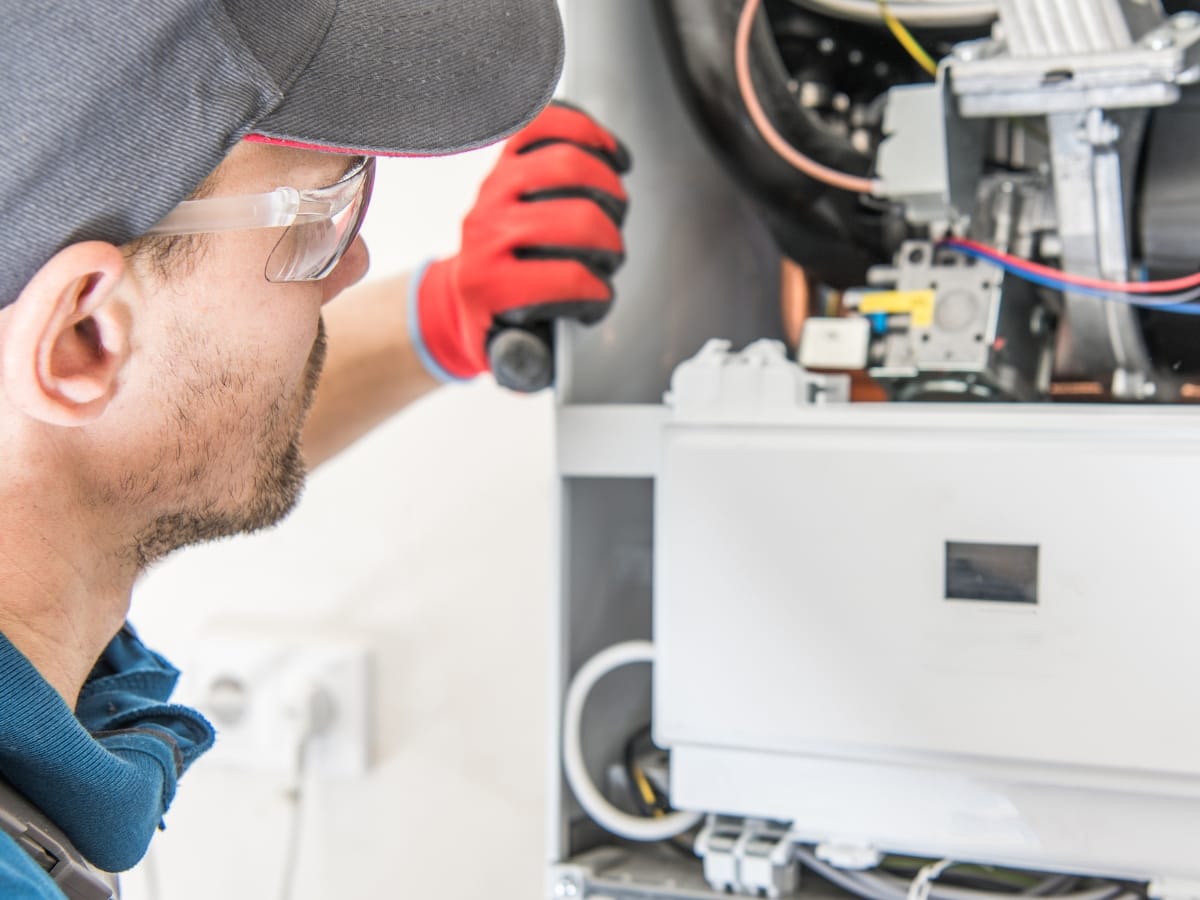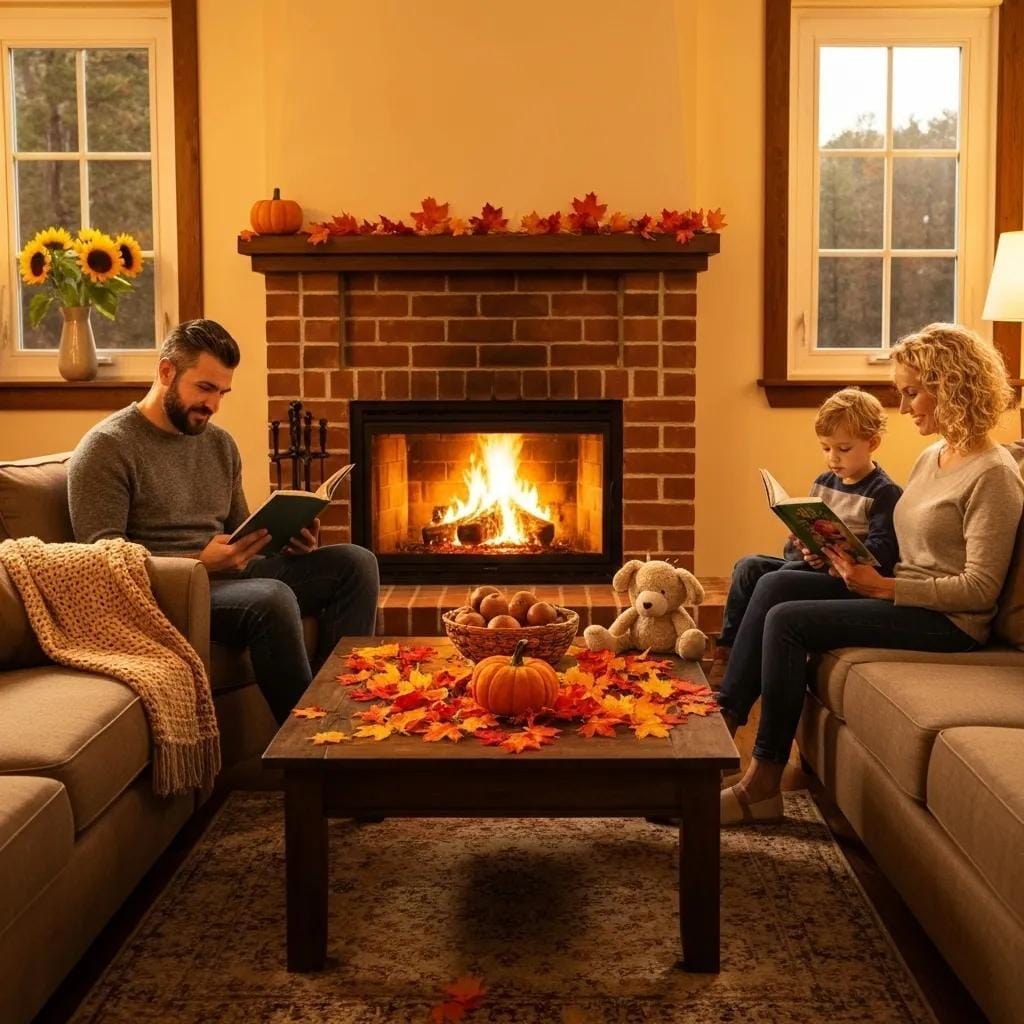We all know the feeling of home comfort after a long day – but what about when your air vents are dripping with condensation? For many homeowners, this can be an alarming sight – is it normal to have condensation on air vents?
To demystify this issue and provide potential solutions, we’re exploring the causes and solutions for this common problem in this blog post to keep your home safe and comfortable.
Understanding the Fundamentals of Air Vents
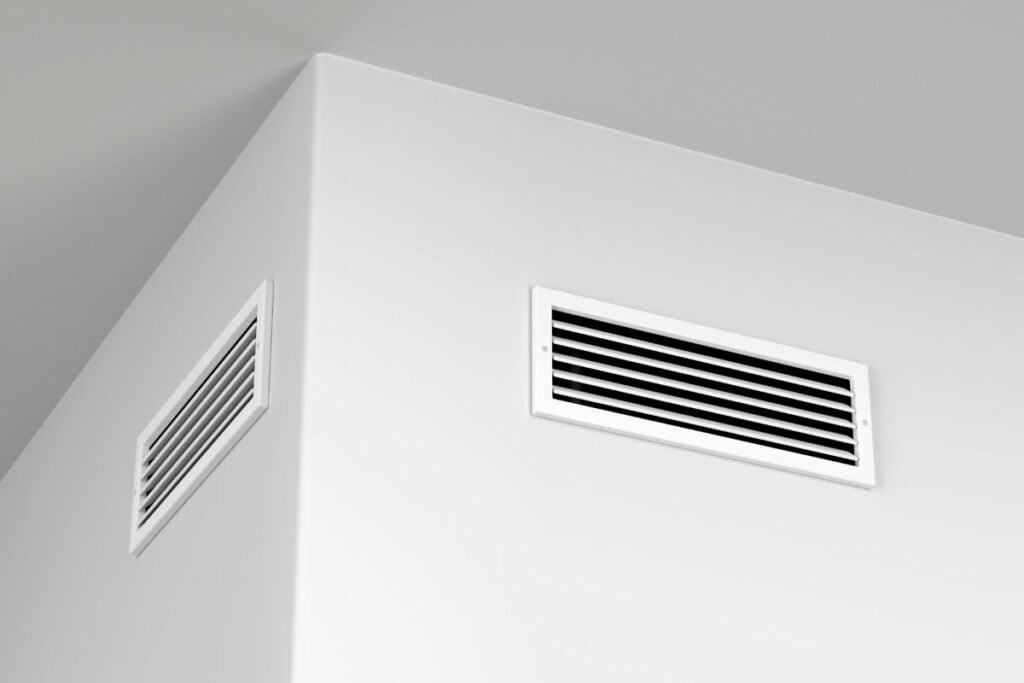
Air vents are necessary components of a well-functioning HVAC system. They are responsible for supplying and circulating air to the various rooms of your home. Without them, you would not be able to condition the indoor air in your home, and it would be very difficult to keep your home comfortable all year round.
Generally, air vents are made of metal, plastic, or aluminum. Not only do they help to regulate and distribute air throughout your house, but they also help to reduce the amount of dust, pollen, and other allergens that may be present in your home. This is why it’s important to keep dust buildup away from air vents and to regularly clean your vents in order to avoid air contamination.
Identifying the Signs of Condensation on Air Vents

As a homeowner, it is important to be aware of the signs of condensation on air vents. Condensation forms when warm, humid air comes into contact with cool surfaces, such as air vents. This can cause moisture to accumulate and create the conditions for the growth of mold and other allergens in the home. Being able to identify the signs of condensation on air vents is important in order to correctly diagnose and treat the issue.
Spotting Condensation
The most obvious sign of condensation on air vents is the presence of moisture on the surfaces surrounding the vents. This can come in the form of water droplets, or it can appear as a damp or discolored patch on the walls or ceilings around the vents. In some cases, the condensation may even form a pool of water on the floor beneath the vent. If you detect any of these signs, you should investigate further to determine the cause.
Other Signs
In addition to visible signs of condensation on the walls and ceilings near the vents, there may be other indicators that the air inside your home is too humid. These signs include a musty smell in the air, or the growth of mold or mildew on surfaces such as window frames, walls, or carpets. All of these signs indicate that the excess moisture in the air is leading to the formation of condensation on air vents.
Testing Humidity Levels
If you have identified the signs of condensation on air vents, you may want to purchase a hygrometer to test the humidity levels in your home. Hygrometers measure the amount of moisture in the air and are widely available in home improvement stores. The ideal relative humidity level in a home should be between 30% and 50%. If the humidity levels are above this range, you may need to take measures to reduce the moisture in the air in order to prevent condensation on air vents.
Common Causes of Condensation on Air Vents
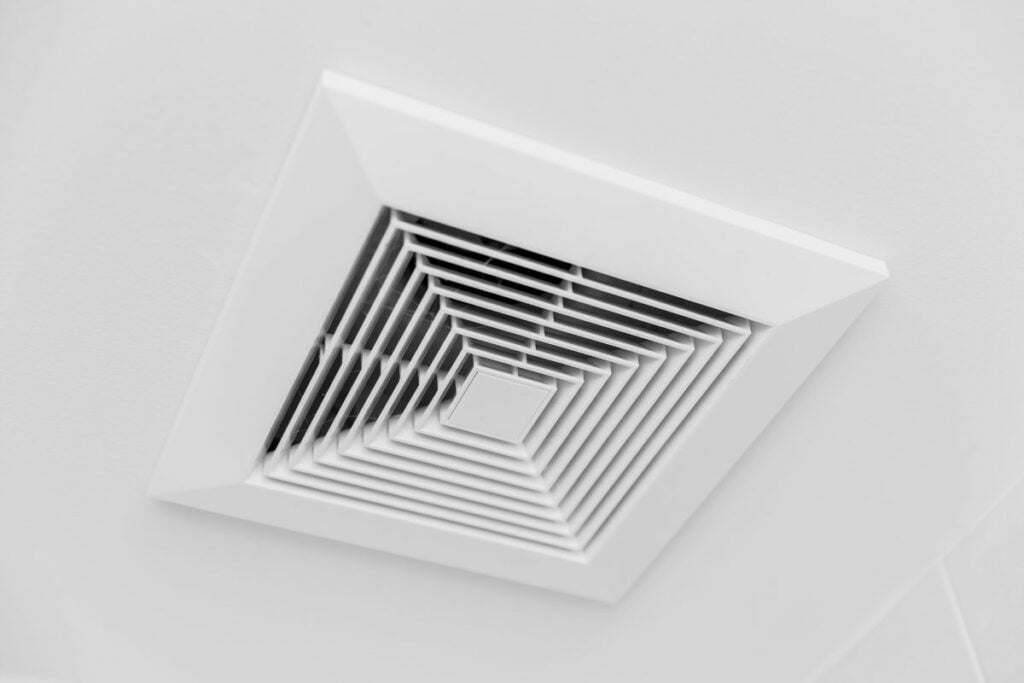
In any home, air vents are an important part of the ventilation system. Without them, air can’t circulate properly and the house can become stuffy, resulting in an uncomfortable environment. As such, it’s important to keep your air vents in good condition. However, one issue that often arises is the formation of condensation on air vents. It’s important to understand the causes of condensation on air vents and to take the necessary steps to prevent it.
The most common cause of condensation on air vents is inadequate ventilation. As air moves through the ventilation system, it cools, and when it’s cooler than the surrounding air, it causes condensation to form. This is especially true in humid climates, where the air is already more likely to contain moisture. If air vents are blocked or otherwise not working optimally, the air won’t be able to circulate properly and may become too cool, leading to condensation.
Another potential cause of condensation on air vents is an unbalanced temperature between rooms. If one room is significantly cooler than the other, air from the cooler room will travel into the warmer one. As the air cools, it may become saturated with moisture, leading to condensation.
Leaks in the ventilation system can also cause condensation on air vents. If a duct is not properly sealed, air can escape, and as it does, it cools and can form condensation. This can also cause cold spots in the house, as air is being lost and not being replaced.
The final common cause of condensation on air vents is insufficient insulation. If there is not enough insulation between the interior and exterior of the home, cold outdoor air can seep in, leading to condensation.
Preventing Future Condensation on Air Vents
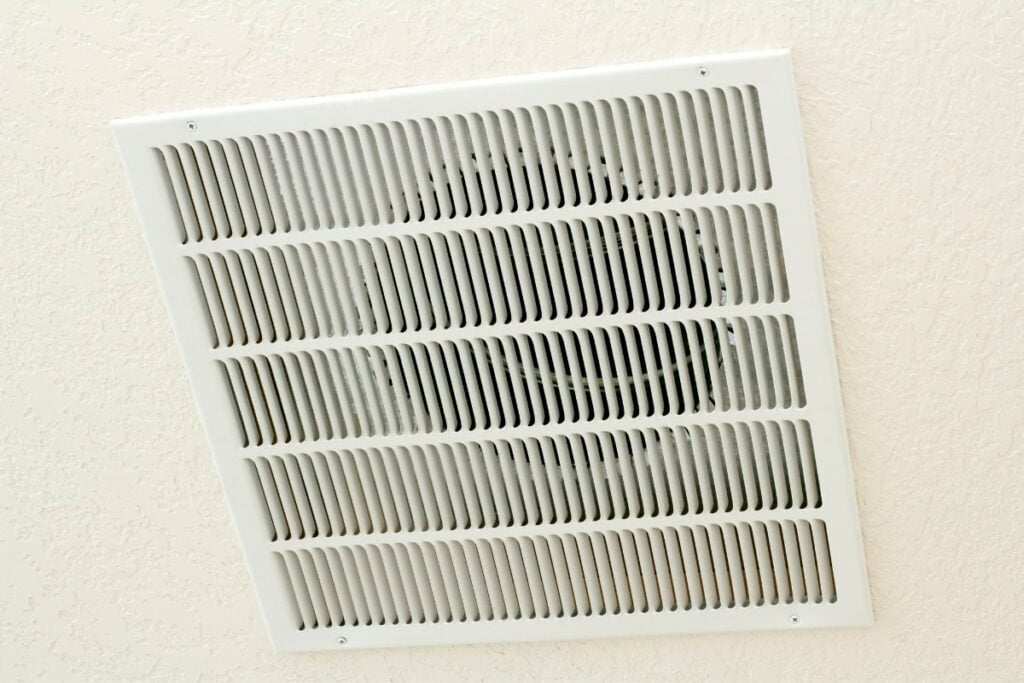
One of the most common air conditioning problems is condensation on air vents. Homeowners often wonder if this is normal or an indication of a bigger problem. While it may not be a sign of an immediate issue, understanding the causes of condensation on air vents is an important step in preventing future condensation.
The most common sources of condensation on air vents are high humidity levels and leakage in the air conditioning system. High humidity levels create an ideal environment for condensation on air vents. When humidity levels are too high, condensation can form on them and drip down. Leakage in the air conditioning system can also cause condensation on air vents, as it can create an imbalance of cold and warm air throughout the house.
In order to prevent condensation on air vents, there are a few steps you should take. The first step is to invest in a good quality dehumidifier. A dehumidifier is an essential tool for controlling the humidity levels in your home and it can prevent condensation on air vents. If you are already using a dehumidifier, make sure it is working properly.
Another way to prevent condensation on air vents is to check for any leakage in the air conditioning system. If the system is not functioning properly, it can cause an imbalance of cold and warm air throughout the house, which can then lead to condensation on air vents. If you notice any signs of leakage, call an air conditioning professional to take a look and make any necessary repairs.
Finally, you should regularly maintain and clean your air vents. This will help ensure that condensation is not forming on them. If you are noticing water droplets on air vents, it’s important to dry them off quickly. If the condensation isn’t removed, it can lead to mold growth and potential health risks.
Conclusion – Is It Normal to Have Condensation on Air Vents?
Overall, it is normal to have condensation on air vents in certain conditions. However, it’s important to be aware of the potential causes and solutions in order to prevent any further issues. If you find that your air vents are regularly condensing, it’s important to take action as soon as possible in order to keep your home safe and comfortable.
By understanding the fundamentals of air vents, identifying the signs of condensation, and investigating potential solutions, you can ensure that your home is free from condensation on air vents. With the right approach, you can keep your home safe and comfortable without having to worry about condensation on your air vents.
To ensure that your air vents are kept in top condition, CoolPro Heating and Cooling is here for you. Our range of HVAC installation and maintenance services is designed to maintain the comfort and temperature of your home. Call us at 770-694-6232 or request a free quote on our website, and find out how we can help you today!

